African American Citizens Helped Build New Castle, Brick by Brick
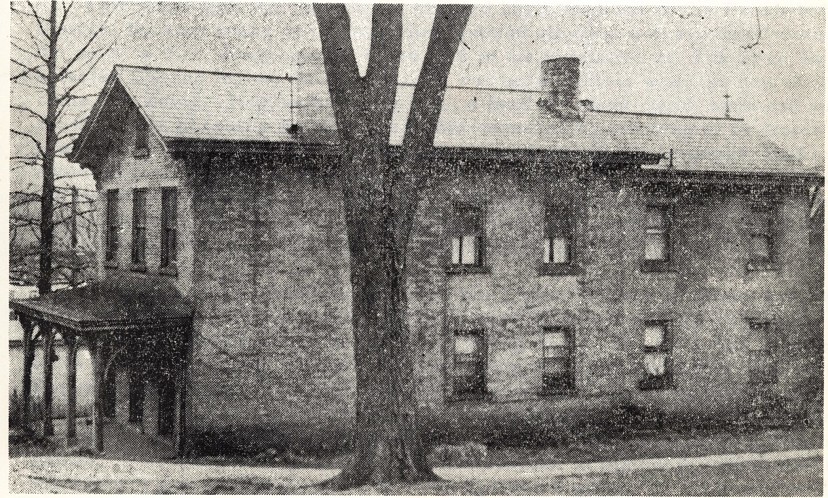
(courtesy of the Lawrence County Historical Society)
Thomas, Mary, and P. Ross Berry
Thomas Berry, the first successful barber in New Castle, built a brick home at 305 North Jefferson around 1841. Following Mr. Berry’s death in 1853, his son-in-law Thomas Johnson took over the barbershop. Mr. Berry was survived by his wife Mary and their six children, including P. Ross Berry.
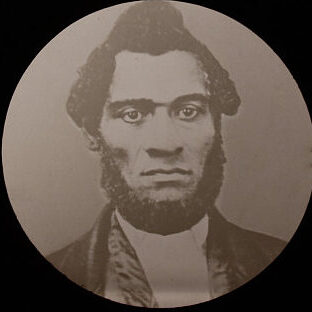
Thomas Berry
(courtesy of the Lawrence County Historical Society)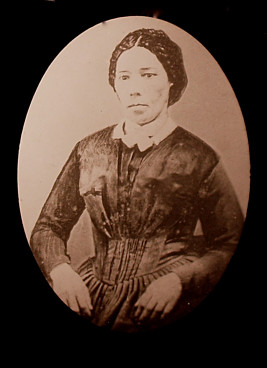
Mrs. Mary Berry
(courtesy of the Lawrence County Historical Society)
How Did P. Ross Berry’s Actions Benefit New Castle?
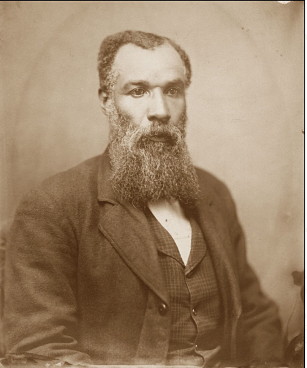
(courtesy of the Lawrence County Historical Society)
P. Ross Berry, born to Thomas and Mary Berry in 1835, rose to become an influential figure in the city’s African American community. By the age of sixteen he was a master brick and stonemason, and at that age received the contract to complete the brickwork on the Lawrence County Courthouse. A prominent bricklayer in both New Castle and Youngstown, Ohio, his building projects also included the Disciples of Christ Church on Kennedy Square and the Lawrence County jail. After the Civil War, he employed numerous Union Army veterans, many of them Black, as bricklayers in both New Castle and Youngstown. Ross supervised the building of dozens of churches, schools, opera houses, hotels, and private homes throughout the Mahoning Valley.
Because of his success and prominence, he was involved in a number of philanthropic causes, at which he remained active until his death in 1917. Berry’s position of employer was incredibly rare amongst African Americans during the mid-to-late 19th century. His talent, work ethic and leadership left a notable legacy within New Castle and the larger African American community of the United States.
The 14th Amendment’s Influence on Citizenship
While P. Ross Berry was able to rise to relative prosperity and influence in New Castle, African Americans across the United States often had their status as Americans called into question. The Supreme Court’s decision in the Dred Scott v. Sandford case in 1857 determined that no African Americans, free or slave, had the constitutional recognition of citizenship. African Americans’ right to citizenship was not fully secured until the passing of the 14th Amendment in 1868. The amendment established birth-right citizenship, which means any individual born on American soil is a citizen. Furthermore, the 14th Amendment established that citizens cannot be deprived of the right to life, liberty, or property without due process. This constitutional amendment would lay the groundwork for greater equality in the years to come.
American Abolitionist Movement
Joseph S. and Adaline White
Joseph White married Adaline Pollock in 1841. The White family originally lived on North Street until they moved to the brick home built by Thomas Berry, sometime around 1855.
Mr. and Mrs. White were important in establishing the Free Presbyterian Church of New Castle in 1851 (known as Central Presbyterian today) after facing censure for voicing anti-slavery views in the First Presbyterian Church. Mr. White also condemned the “careless or sinful voting of church members” who supported slavery.
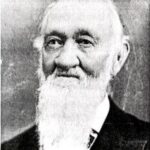
Joseph S White (courtesy of the Lawrence County Historical Society) 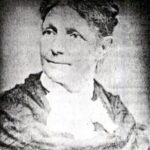
Adeline White (courtesy of the Lawrence County Historical Society)
Conflict over slavery within Christian churches was a significant issue in the years prior to the Civil War. Elijah Lovejoy, a Presbyterian minister in Alton Illinois, was killed by a mob for publishing an anti-slavery paper during the 1840s. Some individuals were even tarred and feathered for speaking out against slavery. This persistent level of violence and hostility led to new abolitionist churches being formed across the North in the 1850s.
The Whites’ involvement in the Underground Railroad
In addition to supporting abolitionism, Joseph and Adeline White were among several Lawrence County residents directly involved in the Underground Railroad. In one letter (part of the Siebert Collection) Mr. White recalled the North Jefferson Street house as the site of his first efforts to aid a refugee, describing it as “ the brick house near the big willow tree.” After harboring a few individuals, the Whites became further involved in aiding larger numbers of runaways. Mr. White recalled another incident: “One pleasant afternoon, the Rev. Hanna, an old side Covenanter minister then preaching in New Castle, came up to our house and said there had just come into town a wagon load of refugees, and he had come to see about making arrangements for keeping them overnight; the arrangements were easily made.”
Under the controversial Fugitive Slave Law of 1850, those caught aiding runaways could face fines, loss of property, or even imprisonment, but White later recalled “I was indifferent in regard to prosecution under it, for when my duty in this was made clear, human opposition was not taken into consideration.”
The Legacy of the Underground Railroad
The legacy of the Underground Railroad is one of activism and perseverance. More than 100,000 African American slaves fled the South during the decades before the Civil War, seeking freedom in northern states and Canada. While theFugitive Slave Acts of 1793 and 1850 were designed to force Northerners to help return escaping slaves to Southern slaveholders, some Northerners – especially free blacks and abolitionist-minded whites – disregarded the act. Until the passage of the 13th Amendment in 1865 abolishing slavery in the United States, the Underground Railroad played a key role in enabling enslaved persons to realize the dream of freedom.
